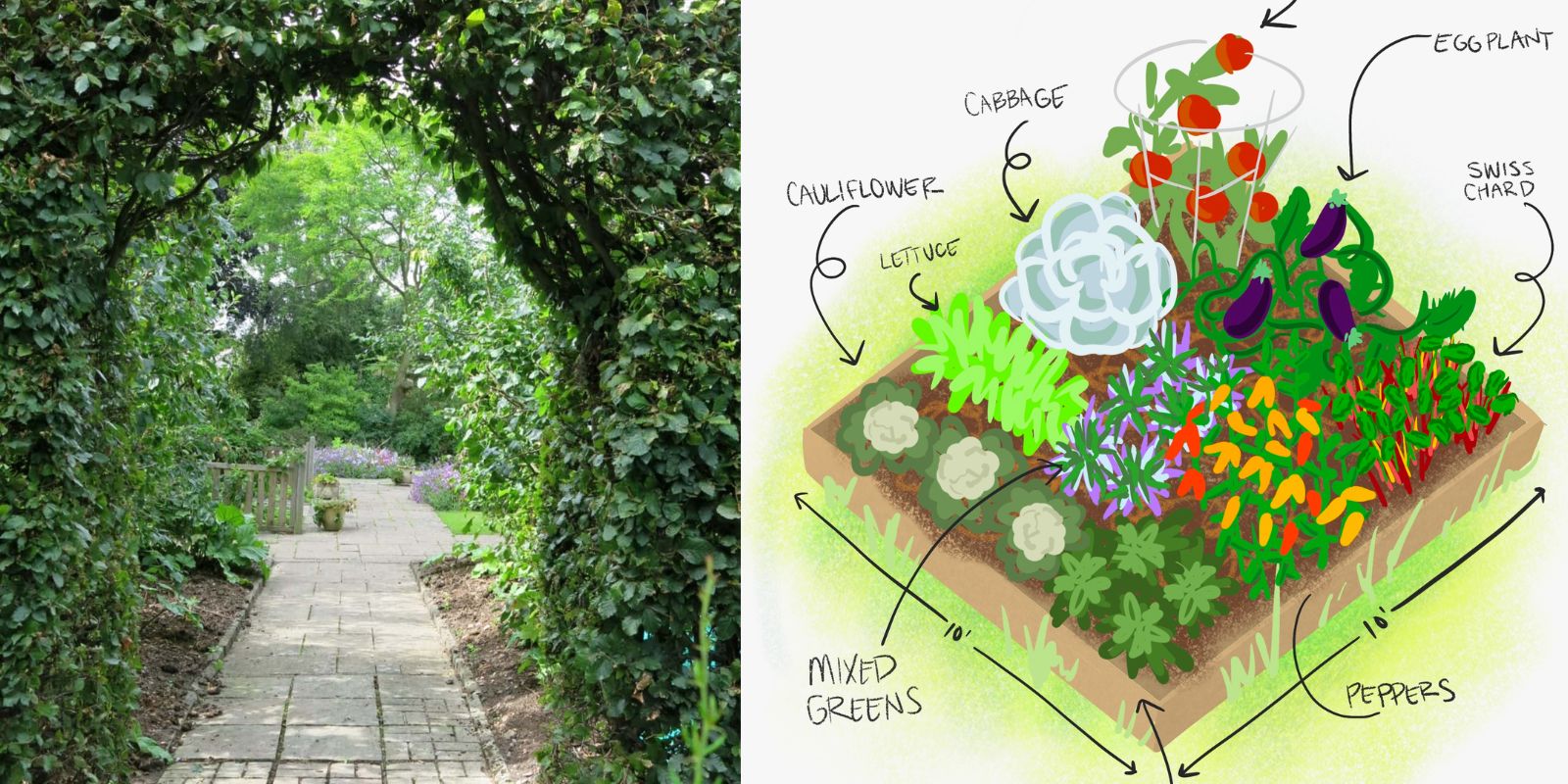Garden planning is an art that goes beyond mere plant selection. It’s about creating a space that reflects your style, meets your needs, and thrives throughout the seasons. Whether you’re transforming a small backyard or designing an extensive landscape, mastering garden planning will help you build a stunning and functional garden. This guide will walk you through essential steps to make your garden planning process seamless and successful.
1. Assess Your Garden Space
Measure the Area: The first step in garden planning is understanding the space you have. Measure your garden’s dimensions carefully to determine how much area you can work with. This will help you in creating a scale drawing and visualizing the layout.
Evaluate Sunlight: Different plants require varying amounts of sunlight. Observe your garden throughout the day to note areas that receive full sun, partial shade, or full shade. This will help you choose plants that will thrive in each specific condition.
Check Soil Quality: Conduct a soil test to understand its texture, pH level, and drainage capabilities. This information is crucial for selecting plants that will grow well in your soil conditions and for planning any necessary soil amendments.
2. Define Your Goals
Determine Purpose: Think about what you want from your garden. Are you interested in growing vegetables, creating a flower haven, or establishing a serene space for relaxation? Defining your goals will guide your plant choices and design decisions.
Consider Aesthetics: Decide on a style or theme that complements your home and reflects your personal taste. Whether you prefer a classic English garden, a modern minimalist look, or a vibrant tropical escape, having a clear vision will unify your design.
Plan for Maintenance: Consider how much time you can dedicate to garden maintenance. Choose plants and design features that align with the level of care you can provide. Opt for low-maintenance plants if you have a busy schedule or go for more intricate designs if you have more time to invest.
3. Create a Garden Layout
Design Zones: Divide your garden into functional zones. For example, create a vegetable garden area, a flower bed, a seating area, and possibly a play zone for children. Designing distinct areas helps in organizing your garden and ensures each part serves a specific purpose.
Draw a Plan: Sketch a detailed layout of your garden. Use graph paper or digital design tools to create a scaled drawing that includes plant placements, pathways, garden structures, and other features. This visual representation will help you refine your ideas and make adjustments before planting.
Incorporate Features: Enhance your garden with features like trellises, arbors, water fountains, or garden art. These elements not only add visual interest but also can provide functional benefits, such as shade or privacy.
4. Choose the Right Plants
Select Varieties: Choose plants that are well-suited to your garden’s climate, soil, and sunlight conditions. Research plants that thrive in your specific environment and consider how they will fit into your overall design.
Plan for Growth: Be mindful of the mature size and spread of plants. Avoid overcrowding by spacing plants according to their growth habits. This will help ensure that each plant has enough room to grow and receive adequate light and nutrients.
Mix and Match: Combine different types of plants, including annuals, perennials, and shrubs, to create a dynamic garden with year-round interest. Consider bloom times, foliage colors, and textures to ensure continuous visual appeal throughout the seasons.
5. Implement Efficient Watering Solutions
Install Irrigation: Set up an irrigation system that suits your garden’s needs. Options include drip irrigation, soaker hoses, or sprinklers. An efficient watering system ensures that your plants receive consistent moisture without wasting water.
Monitor Water Needs: Adjust watering schedules based on seasonal changes and the specific needs of your plants. Keep an eye on weather conditions and soil moisture levels to prevent overwatering or underwatering.
6. Plan for Seasonal Changes
Seasonal Blooms: Select plants that offer visual interest throughout the year. Choose varieties that bloom in different seasons to keep your garden colorful and engaging all year long.
Rotate Crops: For vegetable gardens, practice crop rotation to maintain soil health and reduce pest problems. Rotating crops helps in preventing soil depletion and minimizing the risk of diseases.
7. Budget and Resources
Estimate Costs: Calculate the costs of plants, materials, and tools needed for your garden. Include expenses for soil amendments, irrigation systems, and garden furniture if applicable. A well-planned budget helps in managing expenses and avoiding overspending.
Source Materials: Find reliable sources for gardening supplies and plants. Consider local nurseries, online stores, and garden centers for purchasing quality materials and obtaining expert advice.
Conclusion
Mastering the art of garden planning involves thoughtful consideration and preparation. By assessing your space, defining your goals, creating a detailed layout, choosing the right plants, and implementing efficient watering solutions, you can design a garden that is both beautiful and functional. Remember to plan for seasonal changes, manage your budget, and source quality materials. Start your garden planning journey today and watch as your vision transforms into a flourishing reality.
Motivational Sentence
Embrace the art of garden planning and turn your outdoor space into a breathtaking haven—start today and let your garden dreams blossom into reality!

